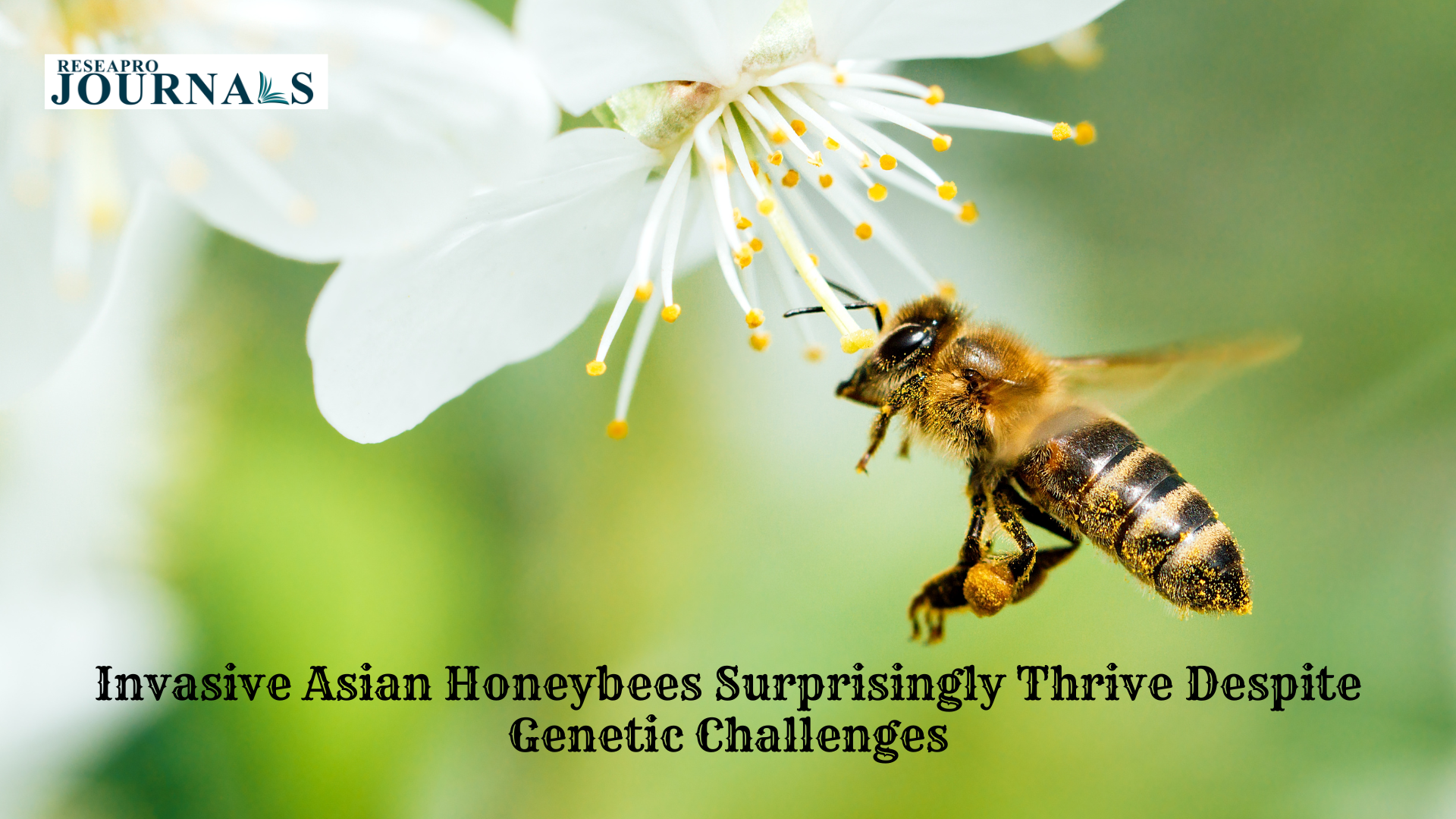
In a surprising turn of events, invasive Asian honeybees in North Queensland have thrived and expanded their population over a decade, defying genetic expectations. Despite starting with low genetic diversity, the species Apis cerana has grown from a single swarm into more than 10,000 colonies across a vast area. The study, published in Current Biology, challenges the assumption that high genetic diversity is crucial for populations to adapt quickly to changing environments. Dr. Rosalyn Gloag, co-lead author from the University of Sydney, notes that while this may pose challenges for environments dealing with invasive species, it offers hope for populations facing temporary crashes due to climate change or disasters like bushfires. The research provides valuable insights into population resilience, especially as various species confront anthropogenic climate change. The study’s unique genetic timeline was made possible by extensive sampling efforts during the early years of the invasive species‘ arrival in 2007.

